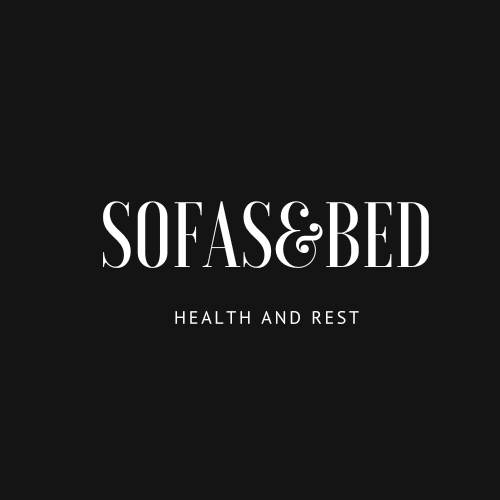How Technology Affects Your Sleep Quality
In our increasingly connected world, technology has become an integral part of our daily lives. However, the devices we rely on for productivity and entertainment can significantly impact our sleep quality. Understanding the relationship between technology use and sleep disruption is essential for developing healthier digital habits that promote restorative rest.
The Science Behind Blue Light and Sleep Disruption
Electronic devices emit blue light that can interfere with your body’s natural sleep-wake cycle, known as your circadian rhythm. This interference happens because blue light suppresses the production of melatonin, the hormone responsible for regulating sleep.
How Blue Light Affects Melatonin Production
Research published in the Journal of Clinical Endocrinology & Metabolism demonstrates that exposure to blue light in the evening can delay melatonin release by up to 3 hours. This delay makes falling asleep more difficult and reduces overall sleep quality.
The Wavelength Factor
Blue light wavelengths between 450-495 nanometers are particularly disruptive to sleep patterns. These wavelengths trick your brain into thinking it’s still daytime, keeping you alert when you should be winding down.
Device Comparison: Which Emits the Most Blue Light?
Not all devices emit the same amount of blue light. Smartphones and tablets typically emit more concentrated blue light than television screens due to their proximity to your eyes during use.
Digital Content and Brain Stimulation
Beyond the physical effects of blue light, the content we consume digitally can stimulate our brains and make it harder to transition to sleep.
The Engagement Effect
Interactive activities like social media scrolling, video games, and even work emails trigger dopamine release and heightened alertness, creating a state incompatible with the relaxation needed for sleep onset.
Psychological Arousal from Content Types
Certain content types are more stimulating than others. News consumption, competitive gaming, and workplace communications create psychological arousal that can persist long after you’ve put your device down.
Notification Stress and Sleep Anxiety
The constant ping of notifications creates a state of anticipatory anxiety that can persist into bedtime. This phenomenon, sometimes called “technostress,” keeps your mind active and vigilant when it should be relaxing.
The Correlation Between Notification Volume and Sleep Latency
Studies show that individuals who receive more than 30 notifications daily take an average of 8-12 minutes longer to fall asleep compared to those who receive fewer alerts.
Practical Strategies for Technology Management
While completely eliminating technology before bedtime isn’t realistic for everyone, implementing strategic approaches to device usage can significantly improve sleep quality.
Creating a Digital Sunset Routine
Establishing a consistent “digital sunset” – a predetermined time when you begin to distance yourself from devices – can help prepare your body and mind for sleep.
The 90-Minute Rule
Sleep specialists recommend disconnecting from all screens at least 90 minutes before your planned bedtime. This buffer allows your body to naturally increase melatonin production.
Progressive Technology Reduction
If a complete digital detox before bed feels challenging, try a stepped approach: switch from work to entertainment content 2 hours before bed, then to passive content (like reading) 1 hour before sleep.
Bedroom Technology Boundaries
Designating your bedroom as a low-tech or no-tech zone reinforces the psychological association between your sleep space and rest rather than stimulation or work.
Charging Station Strategy
Create a dedicated charging station outside your bedroom where all devices remain overnight. This physical separation reduces the temptation for “just one more check” of messages or social media.
Helpful Technology Tools
Ironically, technology itself offers solutions to mitigate its negative effects on sleep.
Blue Light Filtering Options
Most modern devices include blue light filtering settings that can be scheduled to activate automatically in the evening hours. These filters reduce (but don’t eliminate) the melatonin-suppressing wavelengths.
Third-Party Blue Light Applications
Applications like f.lux, Twilight, and Night Shift can automatically adjust your screen’s color temperature based on your local sunset and sunrise times, providing more comprehensive protection.
Sleep Tracking Technology
Smart watches, rings, and dedicated sleep tracking devices can provide valuable insights into your sleep patterns and help you identify which technology habits most impact your rest quality.
Data-Driven Sleep Improvements
Use the data from sleep tracking technology to experiment with different digital boundaries and observe the quantifiable improvements in your sleep metrics.
By understanding how technology affects your sleep and implementing thoughtful boundaries around device usage, you can enjoy the benefits of our digital world without sacrificing the restorative rest your body needs. Start with small, sustainable changes to your technology habits tonight, and you may find yourself sleeping better tomorrow.
